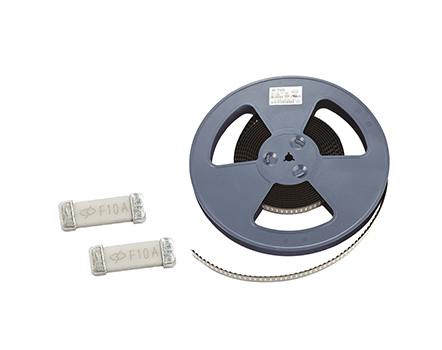
In fact, a fuse is called a fuse. It can be said that a fuse is a fuse, and a fuse may not necessarily be equivalent to a fuse. A fuse is a finished electronic component, but a fuse can be a semi-finished product, that is, an electronic component that has not been formed. Therefore, I usually label the reason for the fuse on the product catalog instead of the fuse. Fuses represent a smaller range, while fuses represent a larger range. There are many types of fuses, but fuses are a single material. There are currently two types of Shenzhen fuses on the market. One is through overcurrent protection circuit, and the other is through temperature protection circuit. Either way, it can cut off the power supply in a timely manner to protect our equipment in case of circuit failure.
A fuse is a fuse, commonly known as a fuse, and a fuse is a standard name.
Glass tubes or flexible wires are commonly referred to as fuses, but fuses are more complex in structure than fuses. If there is an indicator mark after the fuse is disconnected and a component is made into an insertable shape, the internal core of the fuse is the fuse.
A fuse, also known as a current fuse, is an electrical component installed to ensure the safe operation of a circuit. Also known as a fuse, the iec127 standard defines it as "fuse connection". When the current abnormally rises to a certain height and generates heat, the fuse itself cuts off the current, thereby protecting the safe operation of the circuit.
Read recommendations:
bimetal thermostat for refrigerator
Explanation of Parameters in the PPTC Specification for Self healing Fuses